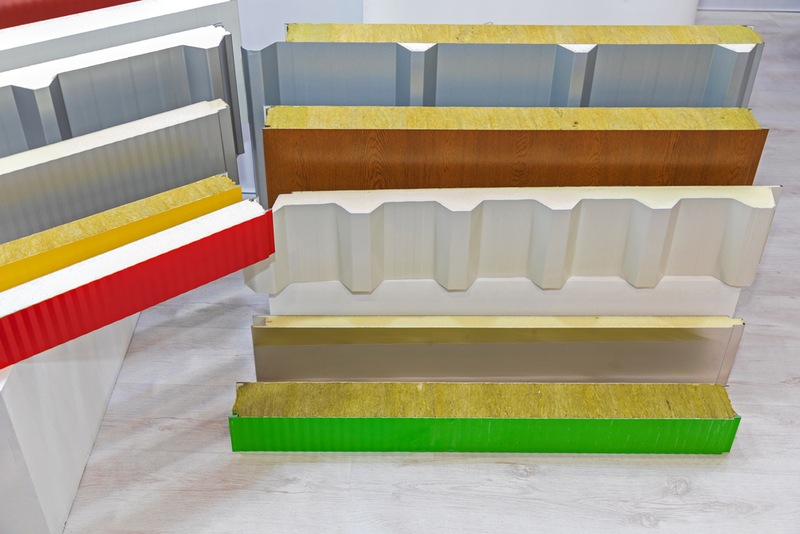
Composite manufacturers rely on complex, interwoven patterns of highly resilient and lightweight materials to engineer innovative solutions to modern construction. It’s no wonder, then, why sandwich panels are a natural fit in the modern landscape of composite engineering.
Much like how many advanced composites utilize layers to create reinforced structures, sandwich panels get their name from their use of many different layers. By using the right core materials, the end product can be ideal for aerospace or defense applications. Sandwich panels can be thought of as analogous to an I-beam, which is typically used in construction to increase the stiffness of a structural member while adding minimal weight. An I-beam concentrates the mass in the flanges, far from the neutral axis of the shape, and they are connected by a thin web of material. The rigid face sheets of a sandwich panel are separated by a lightweight core. These construction methodologies increase the bending stiffnesses of both shapes with a minimal weight penalty. Continue reading to learn more about the role that sandwich panels play in advanced composite manufacturing.
Components of Sandwich Panels
Beneath their complex structure, sandwich panels have different components that all serve very specific purposes. Those key components include the face sheets, the core, and the adhesive.
Uses & Benefits of Sandwich Panels
Sandwich panels are seeing an increasing role in the development of advanced composites due to the myriad benefits that they offer. We go into greater detail about some of those benefits below.
Sandwich panels are certain to improve the quality of most advanced composite materials based on their benefits alone. From a high strength-to-weight ratio to energy absorption, it’s easy to see what makes sandwich panels such a great fit for composite manufacturers. To learn even more, get in touch with Mentis Sciences today.